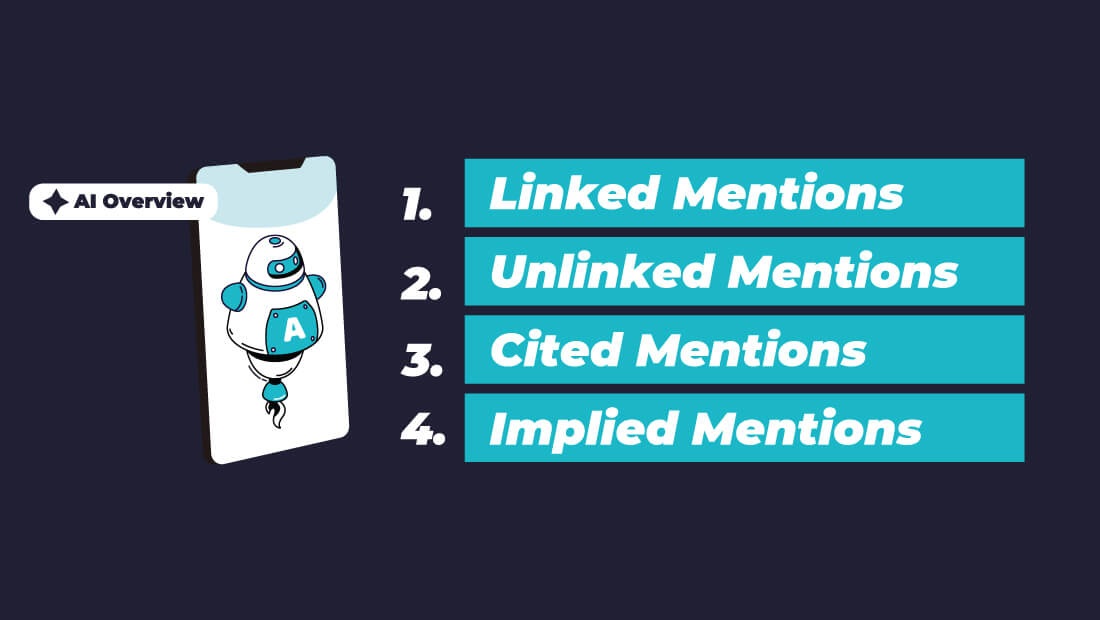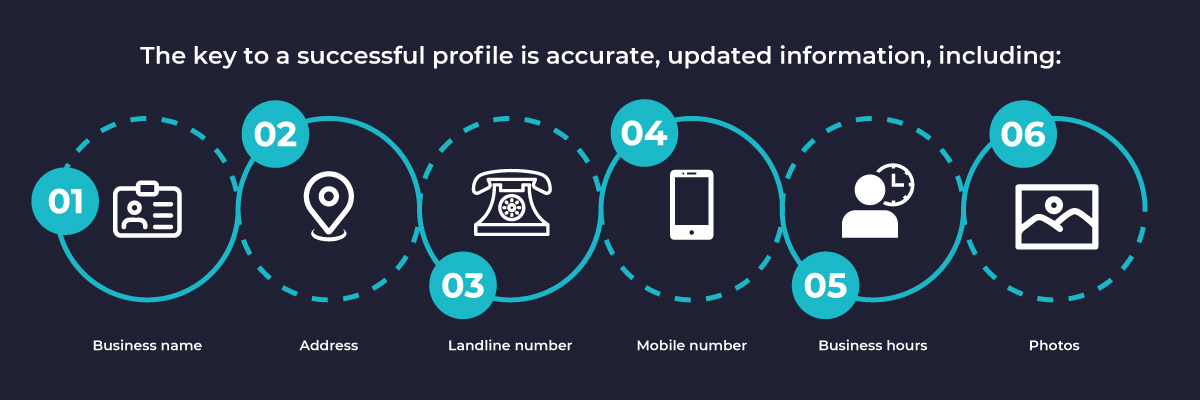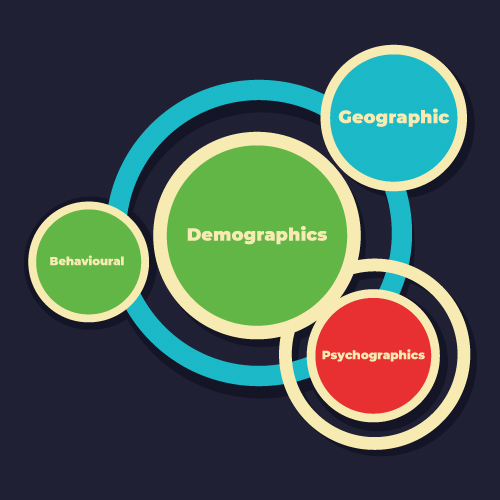30/07/2025
Matt Tomkin
The Ways Your Brand Can Be Mentioned in AI Search

How people search for answers to their queries has changed. AI search provides succinct, conversational answers at the very top of SERPs, removing the need to click on web links at all. Naturally, businesses and marketers are panicking.
It’s already having an impact, with Google search impressions rising 49% year-on-year but click-through rates (CTR) declining by 30%. Despite these grim numbers, SEO isn’t dead, and it’s still possible to succeed by adjusting to the new reality.
In this guide, we’ll go into what AI search is and how you can get your brand mentioned within these AI overviews.
What is an AI overview?
An AI overview is what you see at practically the top of every SERP page when you enter a Google search query these days. It uses the Gemini model to understand and summarise your queries. The information is pulled from multiple web pages and cited to give you a concise answer.
You may also see it referred to as zero-click search or the Google Search Generative Experience (SGE). It’s a universal improvement on the search experience, with a new survey revealing that 83% of users prefer AIO over traditional searches.
In short, if you’re a brand, a focus is now on becoming the source of the information used by each AI overview to earn that citation and appear at the very top of the page.
Why your brand being featured in AI search is a win
It’s easy to look at the numbers and declare SEO is a waste of time, especially with 60% of searches now resulting in zero clicks. However, savvy marketers know that this is the new normal and visibility as a citation within AI search still leads to clicks. Concentrating on getting featured will still win you clicks, even if it’s not as many as before.
Moreover, let’s not ignore the fact that most people clicking on links in the first place just wanted an answer to a question. They had no interest in buying anything. By removing these visitors from the board, the people who actually click on your site are likely to be more primed for buying.
In other words, it’s a reduction in the quantity of clicks but a potential increase in the quality of clicks.
Think about it like this. When you become the cited source for AI summaries, it’s a signal and an endorsement from Google that you are the authority on that subject. It’s a message that’s also communicated to anyone reading the page, building instant brand credibility at a crucial point in the sales pipeline.
The types of brand mentions in AI search
AI search always cites its sources, but how you’re cited is what matters. Generally, there are four possible ways of being mentioned in AI search:

You can’t control which type of brand mention you’ll get directly. Either way, any form of brand mention has value and sets the stage for claiming one of those coveted linked mentions in the future.
How you can get featured in AI search
Getting featured in AI search means adapting to Google’s preferred overview format. Think structure and a conversational tone, while incorporating detailed information that goes beyond the conventional.
Essentially, it’s just SEO with some slight differences. High-quality content is still king. You might see some marketing firms pushing AI search services as if they’re something entirely separate, but they’re not. It’s just a revamped version of SEO services.
So, what can you start doing to get featured in AI search? Let’s target the four pillars of readying your content for AI in turn.
Building high-quality content
Content quality is still the main priority for Google. They want to see Experience, Expertise, Authoritativeness, and Trustworthiness (E-E-A-T) principles in the content they analyse. Beyond that, include:
· Target audience intent, rather than keywords.
· Build up your topical authority by creating content around a core subject.
· Back up your claims with data and stats from external sources.
Structuring your content
AI models are known to favour content that embraces a specific format. It should be well-documented and easy to crawl. The easiest way to deal with this is by following how AI overviews are structured themselves, meaning:
· Clear headings
· Short paragraphs
· Lists
· Snappy answers to questions
Technical SEO
Technical SEO continues to matter even in the AI era. Your website should be primed for mobile, use schema markup and load quickly. Above all, your site should be crawlable and indexable. If you’ve got issues like broken links or AI blockers, you’ll need to change that before you have a hope of getting cited.
Brand influence
Finally, your brand influence matters because AI models are relying on information drawn from outside your website. What this looks like is much the same as it always did, including:
· High-quality backlinks
· Presence in the media
· Engagement on community platforms
This isn’t something you can rush. It should form part of your long-term brand-building strategy. Naturally, it’s a time-consuming process, which is where Tao Digital Marketing comes in. Let our SEO experts help you dominate search in the AI era. To learn more about our SEO services, contact us today.












